Five Real-World Sources to Inspire Your World Building
One of the many inspirational photographs that I took on my trip to Iceland last summer. See #3 below for ideas on how you can use travel to inspire your world building!
It’s no secret that I’m obsessed with fantasy. Especially, epic fantasy. There are lots of reasons to love it, but for me, it’s the world building that brings me back each and every time. I love losing myself in a unique world.
When it comes time to create your own fantastical world, it’s easy to get overwhelmed, especially if you’re trying to create everything in your world from scratch. Of course, you could do that. I’m not going to stop you. But does every single part of your world need to come directly from your imagination?
Of course not!
You have an entire world of inspiration to tap into as you build your world.
Not only can leaning on real world inspirations make your world building more efficient, it can also allow you to create more depth and realism than you might if you’re trying to create everything from scratch.
To help you find your own real-world inspirations, here are my favorite sources for world building inspo:
#1 – Nature
My partner and I love hiking. Whether we’re hiking close to home in Rhode Island or venturing further afield, spending time in nature always inspires me to come up with new landscapes and figure out how to describe places that have never existed before. [Check out the gallery above for photos of my hiking adventures throughout New England!]
I love taking pictures on my hikes to help me remember what everything looked like (visualization is not my strong suit so it’s great to have a bank of photographs to refer back to when I start the drafting process). But pictures can only capture so much. I also try to capture the feeling of a place by journaling about my experience and writing down ideas for how I can utilize these inspirations in my future writing projects.
Remember—your world has to be immersive—try to capture as many sensory details as you can. What does the sun feel like on your skin? Was the air so humid it made you feel damp as soon as you walked outside? What does the air smell like? What did the ground or trees feel like? Try to make your world as immersive as possible—just make sure you’re respectful of nature and leave no trace!
The more you can capture about your experience, the better off you’ll be when it comes time to translate your experience into your world building efforts.
# 2 – History & Current Events
Nothing inspires my own world building like reading about the past. In fact, I start each day by reading 10-15 pages of a non-fiction book related to my current WIP.
There are a couple different ways you can use history or current events to inspire your stories. Here are my favorites:
Use contemporary or historical societies as the basis for cultures in your world. Now, a couple caveats—you have to be careful not to use all aspects of a single culture unless you’re deliberately writing historical fiction/fantasy. If you aren’t intentionally replicating a specific culture, make sure you make sufficient changes to ensure your readers know that you’ve created a new culture for your story. Randy Ellefson, author of my favorite world building guide, recommends that whenever you borrow a culture for your world building you change at least three big things about that culture before incorporating it into your story. And no matter what, make sure you’re respectful of the traditions & practices you borrow.
Use historical or current conflicts to inspire conflicts & character motivations in your story. Looking for a reason for your fantasy kingdoms to go to war? Look to history. Not sure how a battle might go down between your empire and the rebel alliance? Look to history. Not sure what might motivate someone to betray their sovereign or start a coup? Look to history. If someone has been motivated to fight over something in the past, it’s probably a good enough reason for people to fight in your fantasy world. If you’re writing a futuristic story, you can use current events as a starting point. The more you research modern day cultures & conflicts, the better equipped you will be to extrapolate into the future and create a plausible future outlook.
Borrow unique historical events for your plot. If you’re stuck trying to come up with new scenarios for your outline, start reading! Narrative nonfiction often delves into the small incidents and interactions that make up bigger historical events. If a specific incident inspires you or fits within your world, feel free to adapt it to your characters and plot. Just make sure you the incident you’re borrowing matches your characters’ personalities and the nuances of your story’s world.
Look at cultural nuances that can help you differentiate the people groups in your world. In this case, the goal isn’t to use those specific cultures, but to look at the kind of differences in beliefs, practices, and traditions that developed in close proximity to each other. Then, you can modify and adapt those differences to the world you’ve created. For example, looking at the differences between different denominations of Christianity could inspire you to come up with the different beliefs among the denominations of the religion you created for your fantasy world, even if their beliefs have nothing in common with any real-world religions.
#3 – Travel

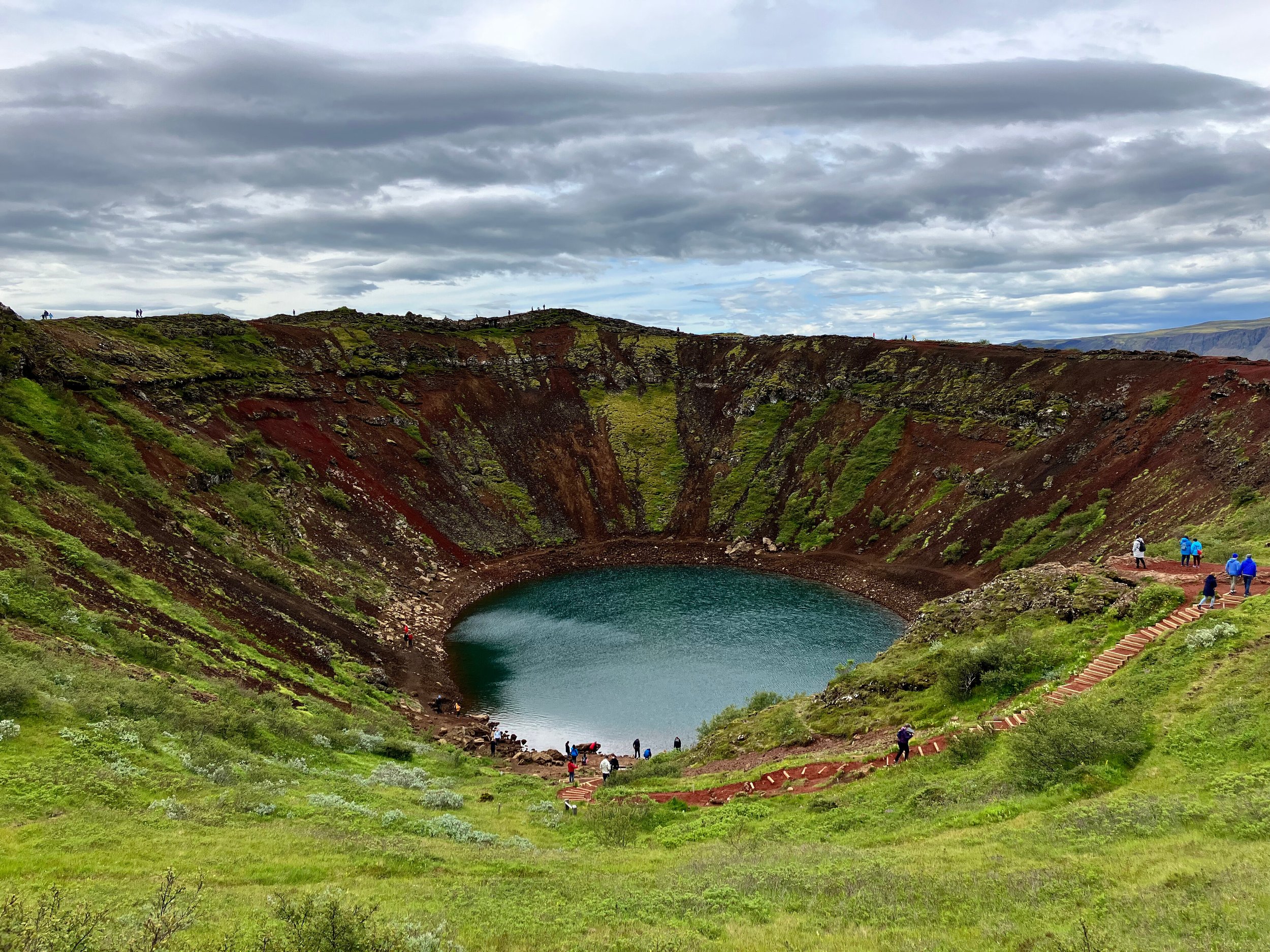
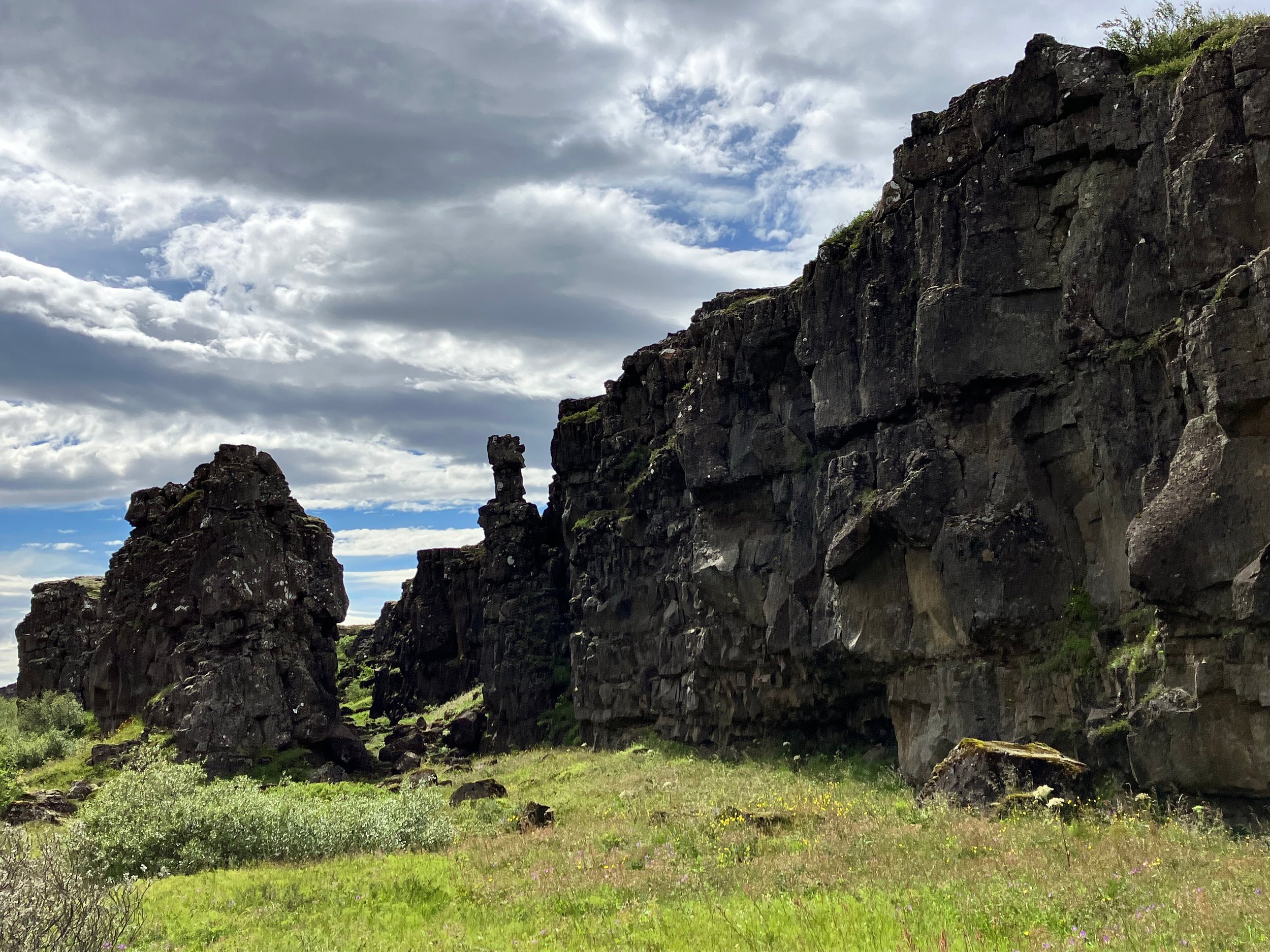
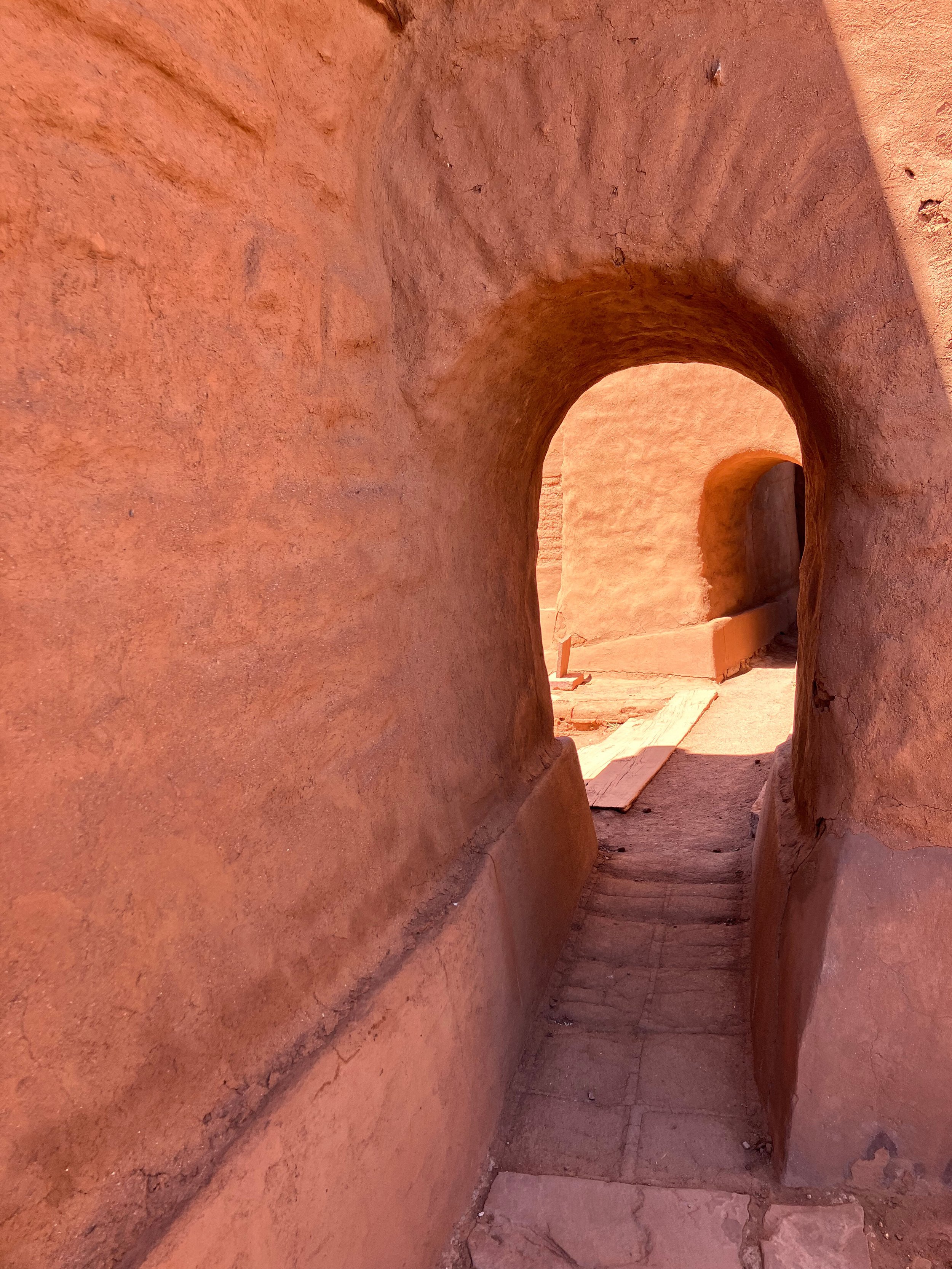

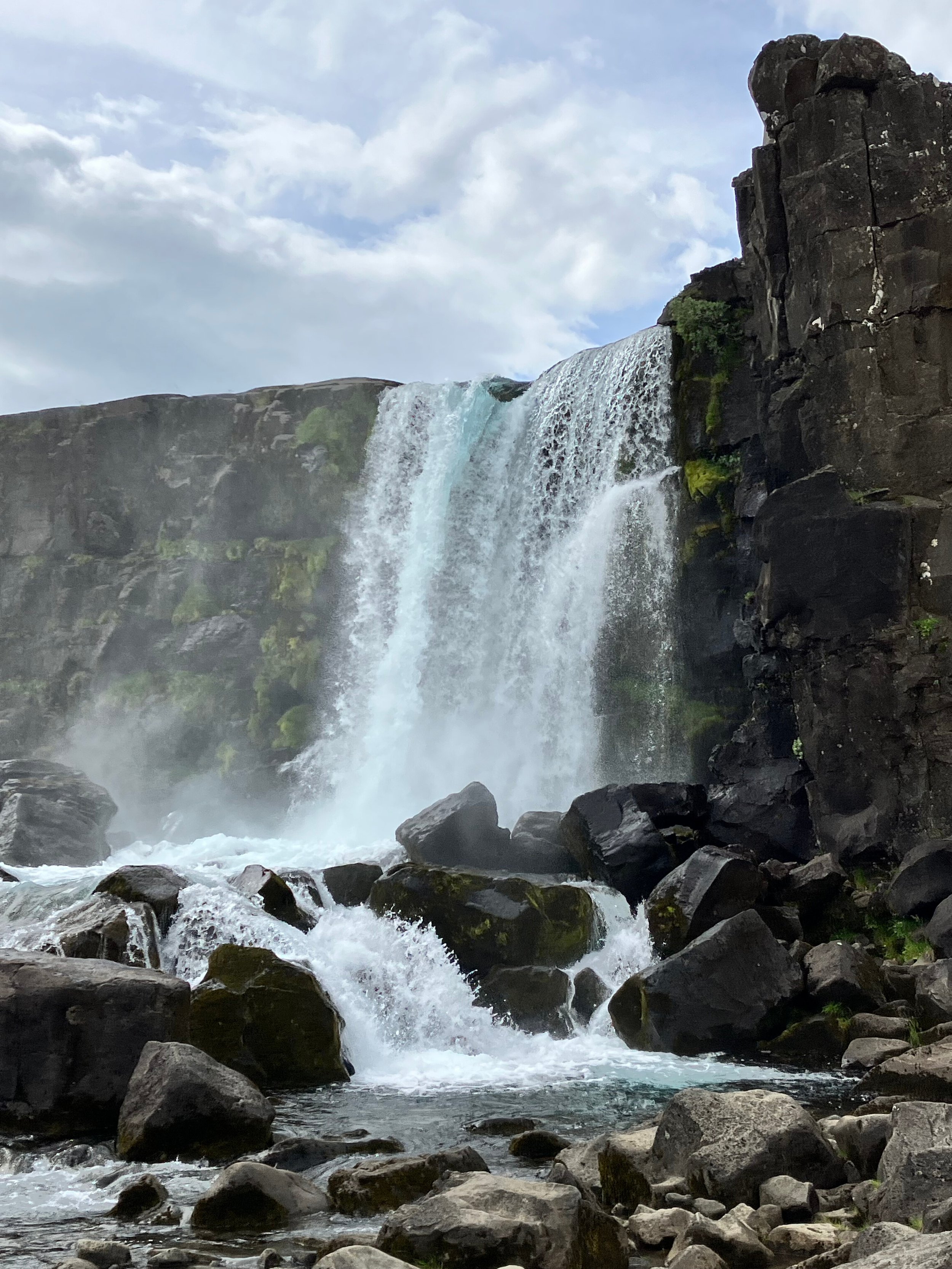
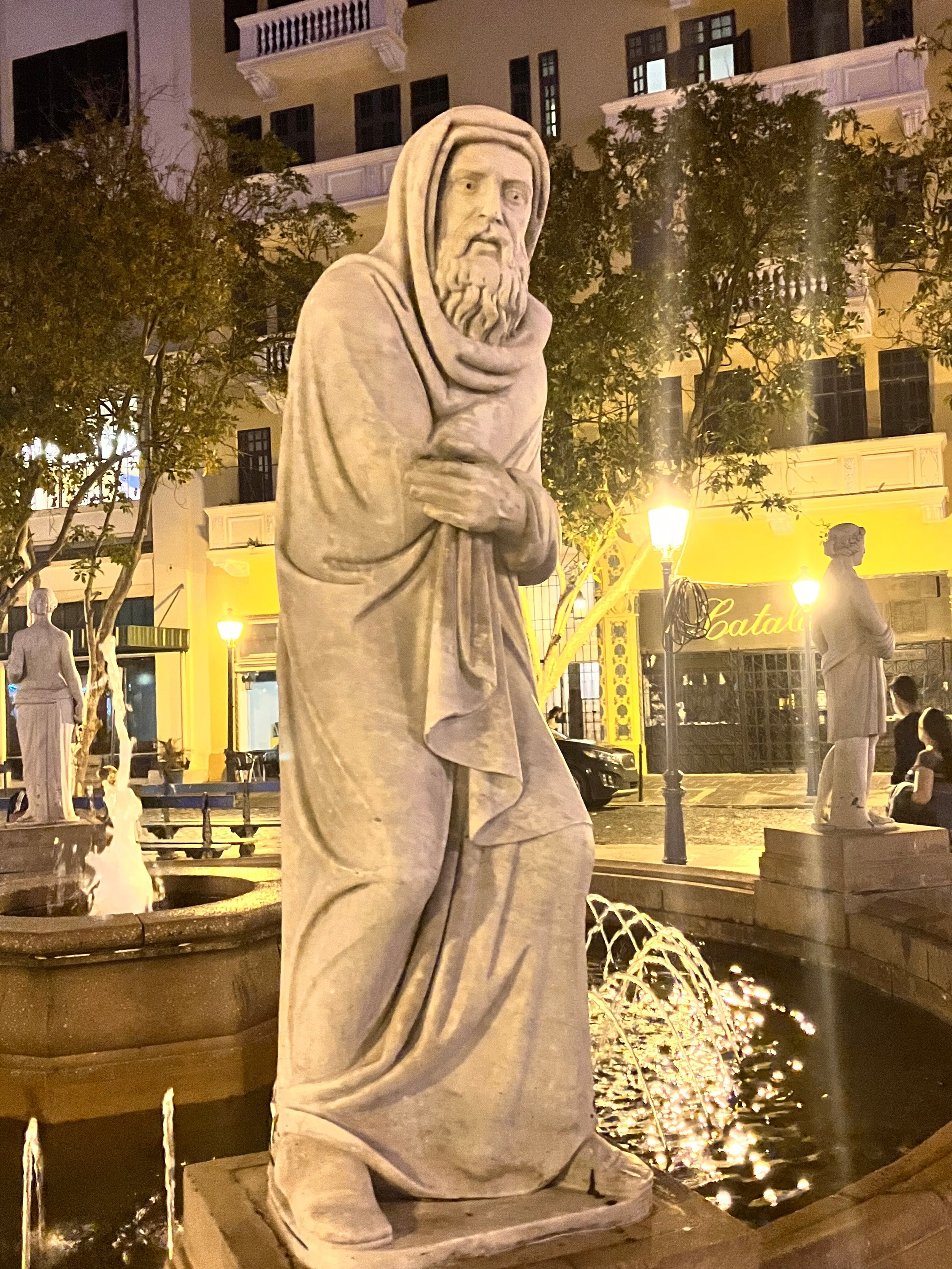

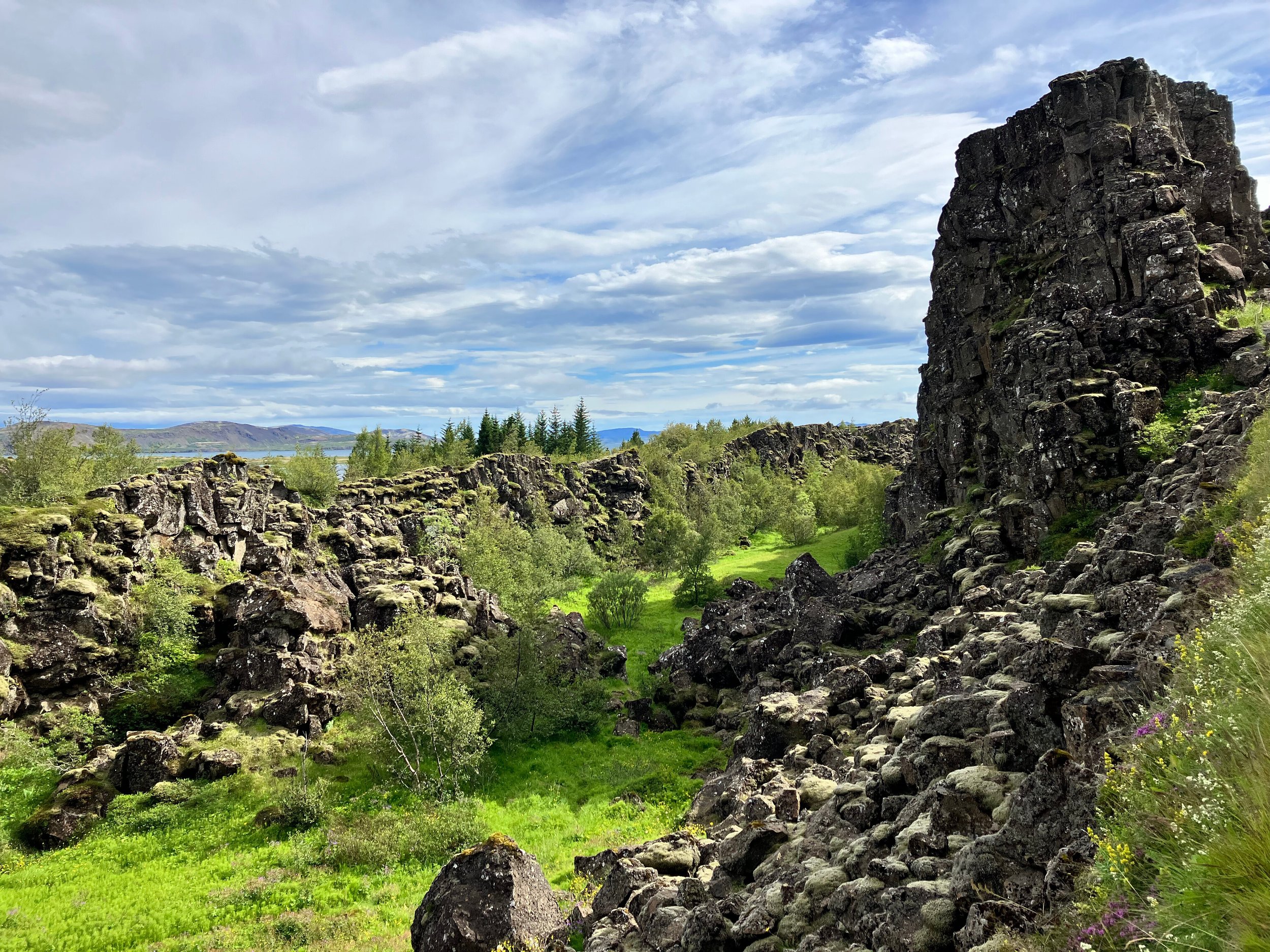
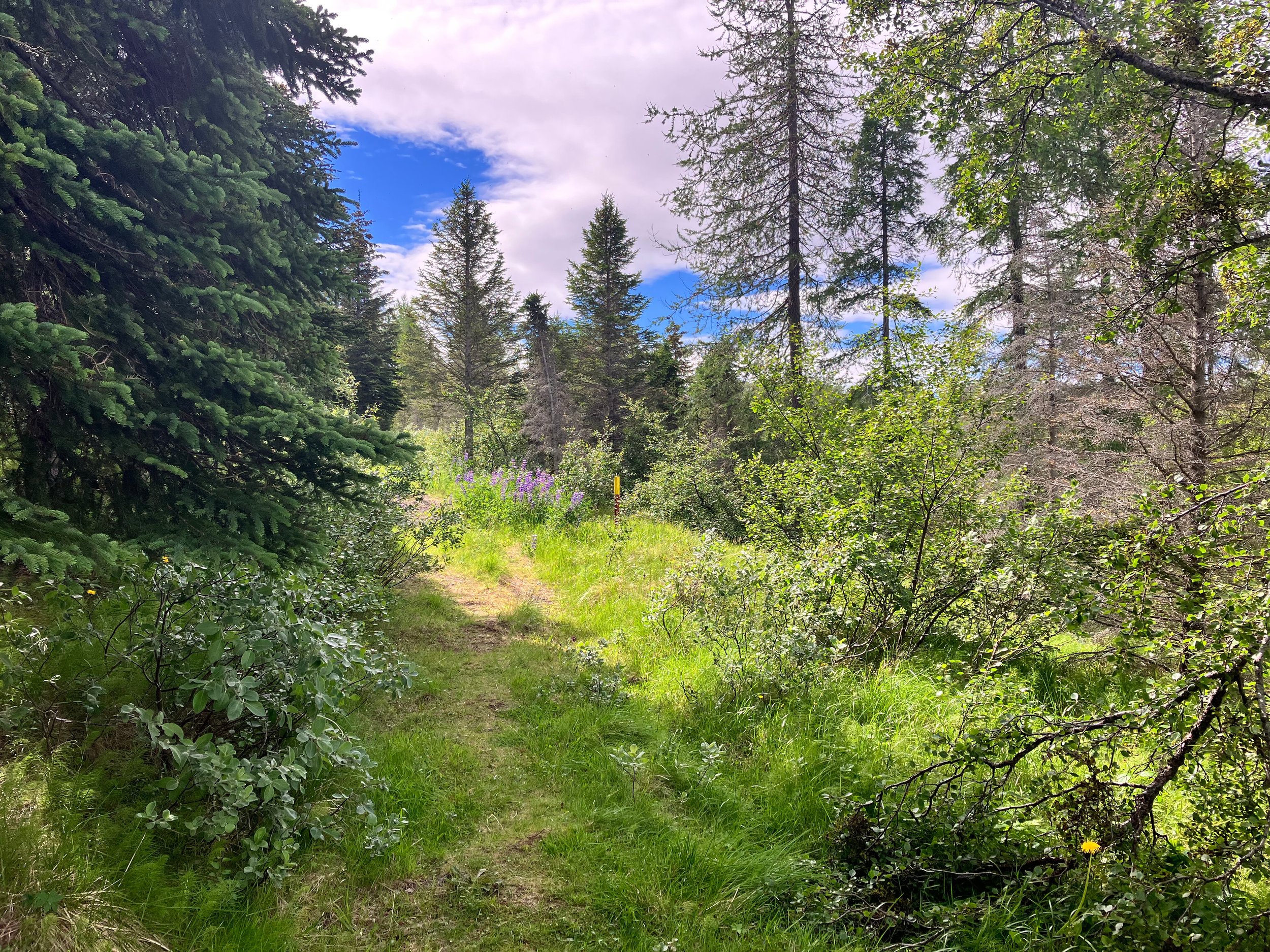


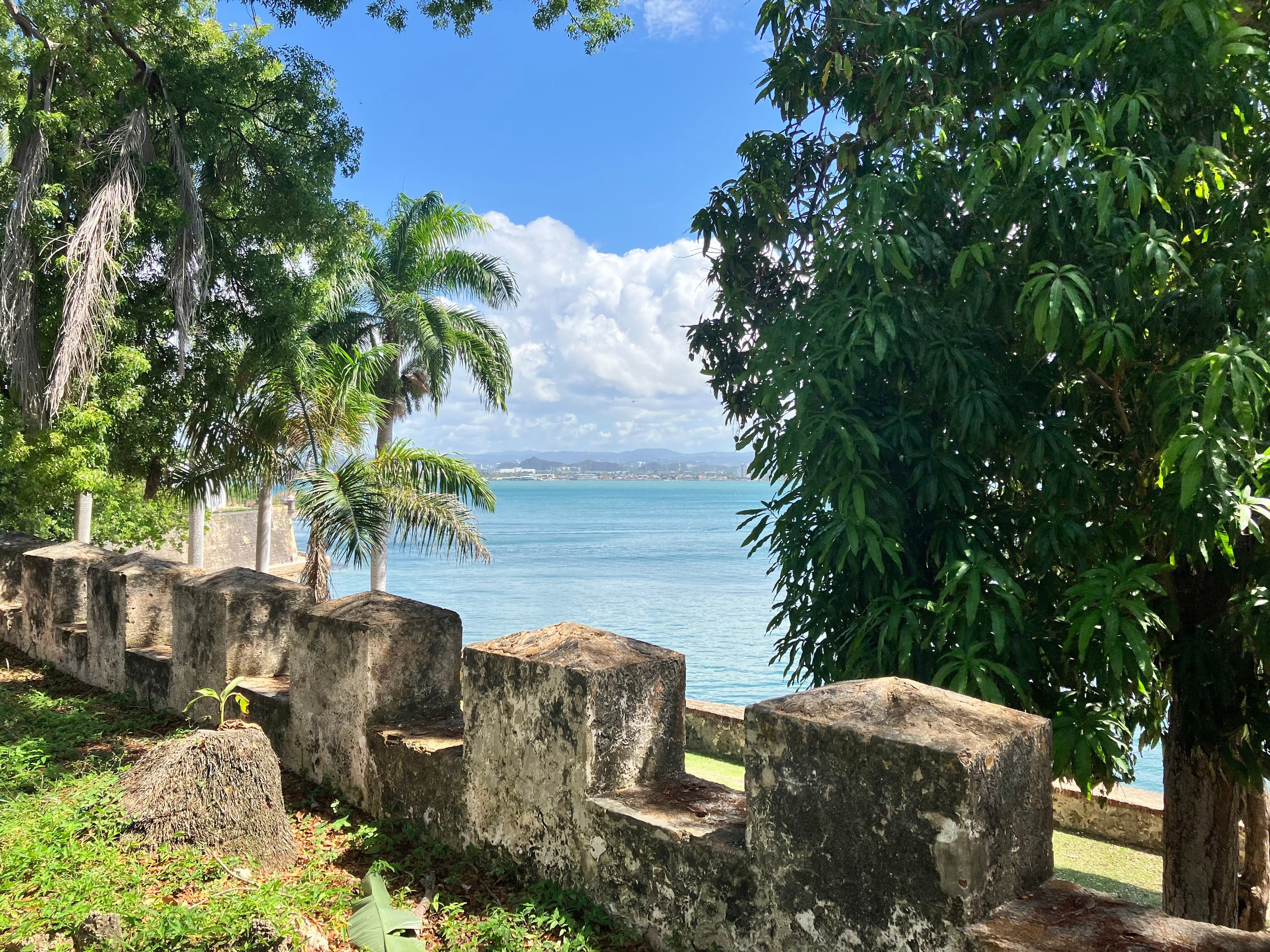

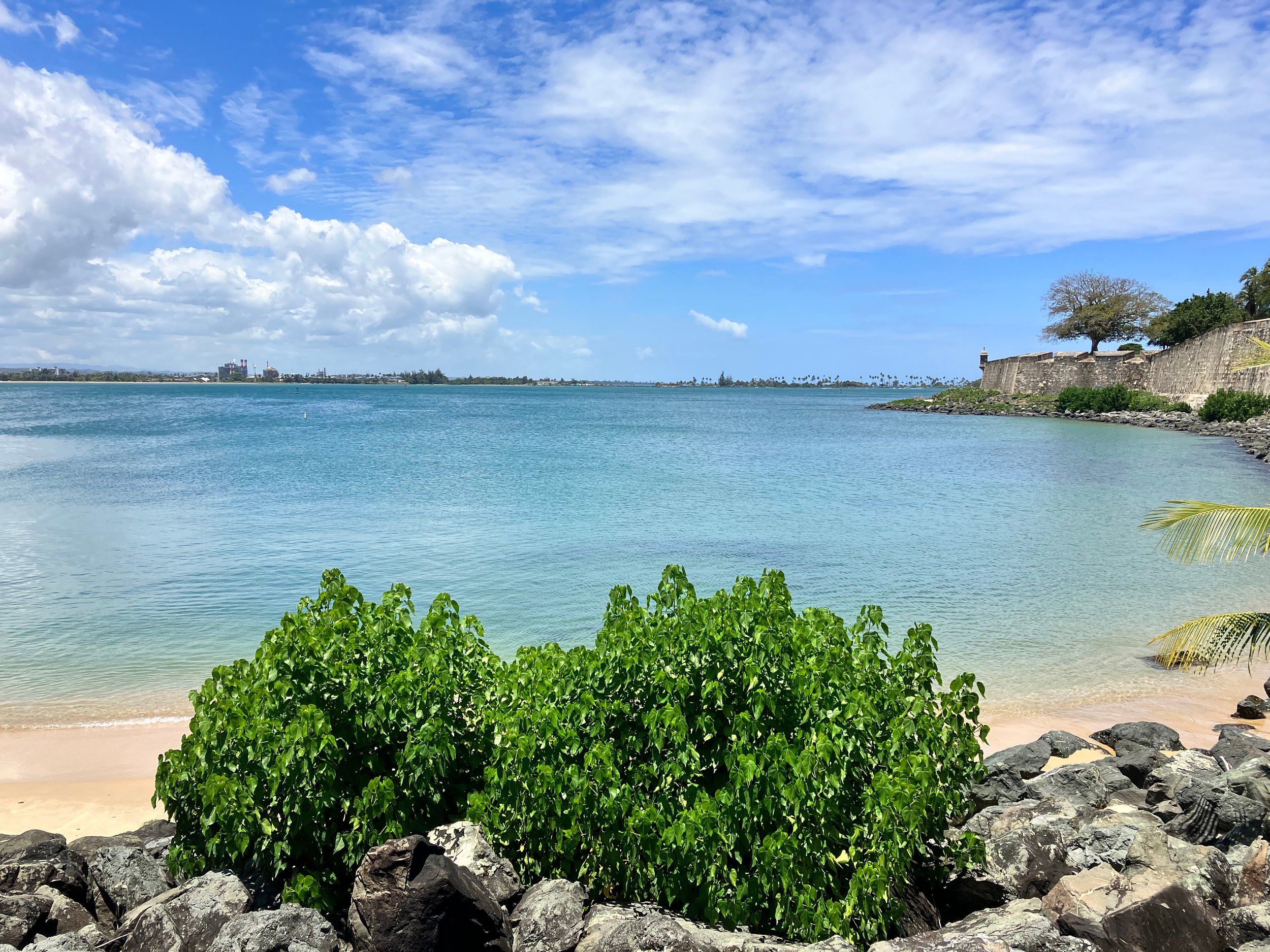
Sometimes, reading about a place isn’t enough. Sometimes, you need to see, feel, and experience a new setting firsthand.
Once again, the goal of traveling isn’t necessarily to put those exact experiences into your book (unless of course it takes place in that real-world setting). Instead, it’s about expanding your comfort zone and experiencing foods, places, languages, histories and environments that are unfamiliar.
How does that help you as a writer?
Simple! Experiencing new places gives you a new set of sensory details to pull from when you begin describing your created world. When you’re creating a place that has never existed before, you need to be able to step beyond descriptions of the familiar. The best way to get there—step outside your comfort zone as often as possible!
Traveling isn’t always feasible, affordable, or safe, but there are some ways to recreate the experience. Search the internet for videos of the places you’d like to be inspired by. Videos can help you get a sense of the sights and sounds of a place. You can see how people interact in the setting and try to sense the vibes. It might not be ideal, but it can get the job done if you don’t have a chance to visit IRL.
If you do have the chance to travel, make sure you capture the experience when you’re in it. Take pictures, keep a journal, don’t overschedule yourself—build in time to sit, observe, reflect and take it all in. And of course, be respectful of your surroundings and the people who call your travel destination home.
#4 – Science
Reading about science is another way to add realism and depth to your world. If you’re writing science fiction, then you’ll obviously need to do your research to make sure you create a plausible world. But reading about science can inspire your fantasy as well. Reading about biology can help you create monsters or supernatural flora/fauna for your world. Reading about anatomy could help you work out your magic system—especially if you’re looking for a unique way to showcase the costs of using magic.
And for writers of all genres—don’t forget about psychology! Understanding how our brains work can help you develop realistic motivations and compelling relationships no matter how fantastical the world of your story.
I’m a big fan of reading widely—magazines, narrative nonfiction, news articles that google recommends for me, you get the picture—because you never know what’s going to inspire your work-in-progress or a completely new story idea!
#5 – Your Interests
The best way to build a world—follow your passions! Let your academic interests, hobbies, and your own cultural background take the lead as you figure out what to prioritize in your world.
If you’re obsessed with pirates, create a world with pirates!
If you love creating religions, then feel free to create a multi-layered religious system with multiple competing factions!
If you love sewing, play up the fashions in your world!
If music is your jam (pun, fully intended), build a magic system that revolves around tones & musical notes!
If you use your personal inspirations and passions to guide you as a writer, you’re more likely to sustain the motivation and focus needed to complete a book with complex world building. Sometimes writers think that they need to weed out the stuff that’s too nerdy or too “them,” but those are often the aspects that readers love most because they’re the pasts that you’ll most love writing. Embrace what you love and don’t be afraid to strut your stuff!
I hope this post has you inspired to use real-world inspirations to shape your world building!
If you’re still feeling overwhelmed, I have another resource that can help! My free World Building Priorities Audit can help you identify which parts of your world are essential to your plot and which you can gloss over or ignore altogether. Grab it here and you’ll get my email newsletter chock full of writing tips and motivation to support you on your writing journey!






